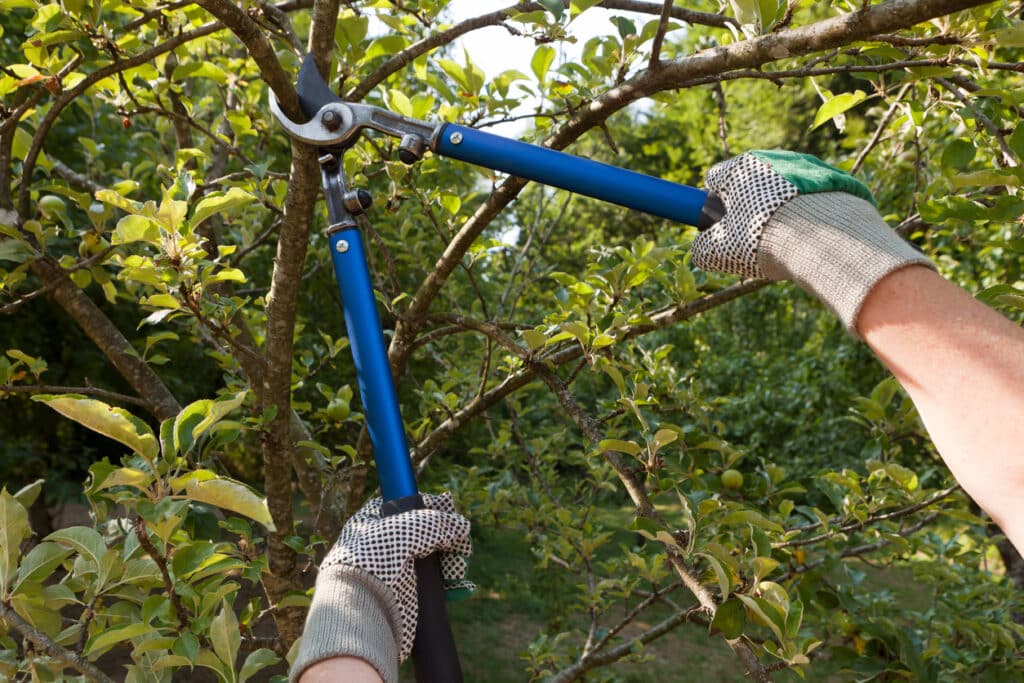Tree trimming is both an art and a science, a practice that is crucial for tree care and maintenance. It involves the selective removal of branches to improve tree health, aesthetics, and safety. Whether you’re a homeowner looking to enhance your landscape or an arborist refining your skills, understanding various tree pruning techniques is essential. This guide will provide you with insights into the art of tree trimming and how to shape and care for your trees effectively.
1. The Basics of Tree trimming:
Grooming a tree is a precise task that requires the right tools, timing, and knowledge. Begin by understanding the fundamental principles of tree shaping, including the importance of proper cuts, the tools you’ll need, and when to embark on this essential practice.
2. Types of Pruning:
Different trees and situations call for specific trimming methods. Explore various types of pruning, such as crown thinning (for improved light and air circulation), crown reduction (for size control), and crown raising (to clear space beneath the tree’s canopy). Learn when and why each technique should be employed.
3. Shaping for Aesthetics:
Shearing isn’t just about maintaining tree health; it’s also about enhancing visual appeal. Dive into techniques that help you shape your trees for aesthetics. This includes creating a pleasing silhouette, promoting flowering and fruiting, and achieving a balanced and well-proportioned canopy.
4. Health and Safety Pruning:
One of the primary purposes of selective cutting is to maintain health and safety. Discover techniques that improve tree health by removing dead, diseased, or weak branches. Pruning can also reduce the risk of falling limbs during storms, preventing potential hazards.
5. Shaping Young Trees:
Young trees require particular attention to establish a strong foundation for their future growth and structure. Learn how to prune young trees correctly, focusing on developing a sturdy central leader, proper spacing, and balanced branches.
6. Shaping Mature Trees:
Mature trees have unique needs. Explore techniques for maintaining their health and beauty, including addressing issues like overcrowded canopies, deadwood, and potentially hazardous limbs. Learn to strike a balance between cutting for safety and preserving the tree’s natural form.
7. Seasonal Pruning:
The timing of your trimming is crucial. Different seasons offer distinct advantages and disadvantages. Discover the best times of the year for tree trimming, considering factors like stress on the tree and specific goals, such as promoting new growth or reducing the risk of disease transmission.
Tree pruning is a skill that combines art and science, and it plays a pivotal role in maintaining the beauty, health, and safety of your trees. By mastering various techniques and understanding when and how to apply them, you can shape and care for your trees effectively. Whether you’re aiming to improve aesthetics, ensure safety, or enhance overall tree health, proper cutting is a valuable skill for any tree enthusiast. With the knowledge gained from this guide, you’ll be better equipped to care for your trees and contribute to a thriving, beautiful landscape.
Unlock the secrets of tree pruning with our expert Cascade Tree Services. Learn techniques for healthier, safer, and more beautiful trees. Contact us now at 425-530-9697 for more guidance.





